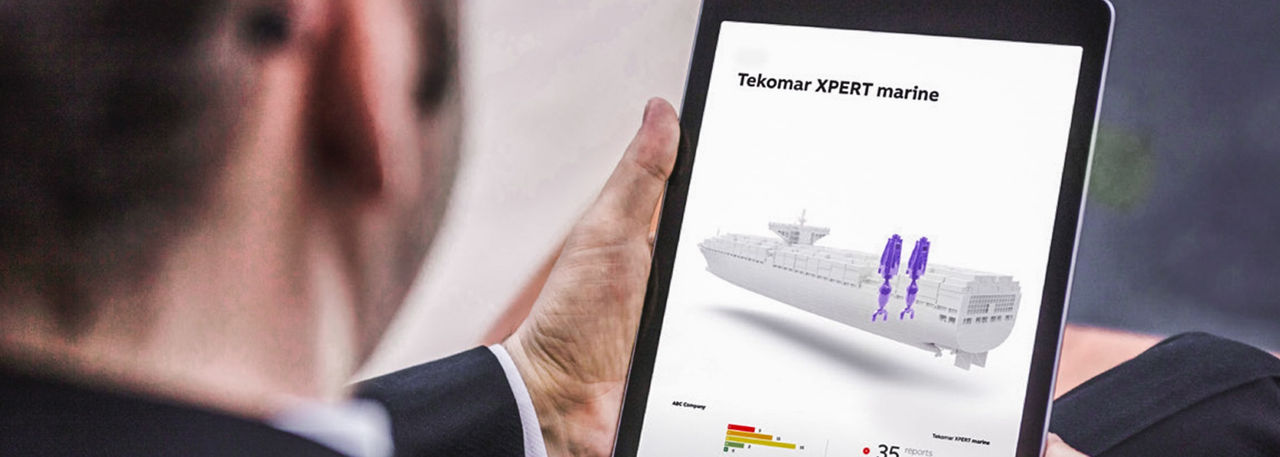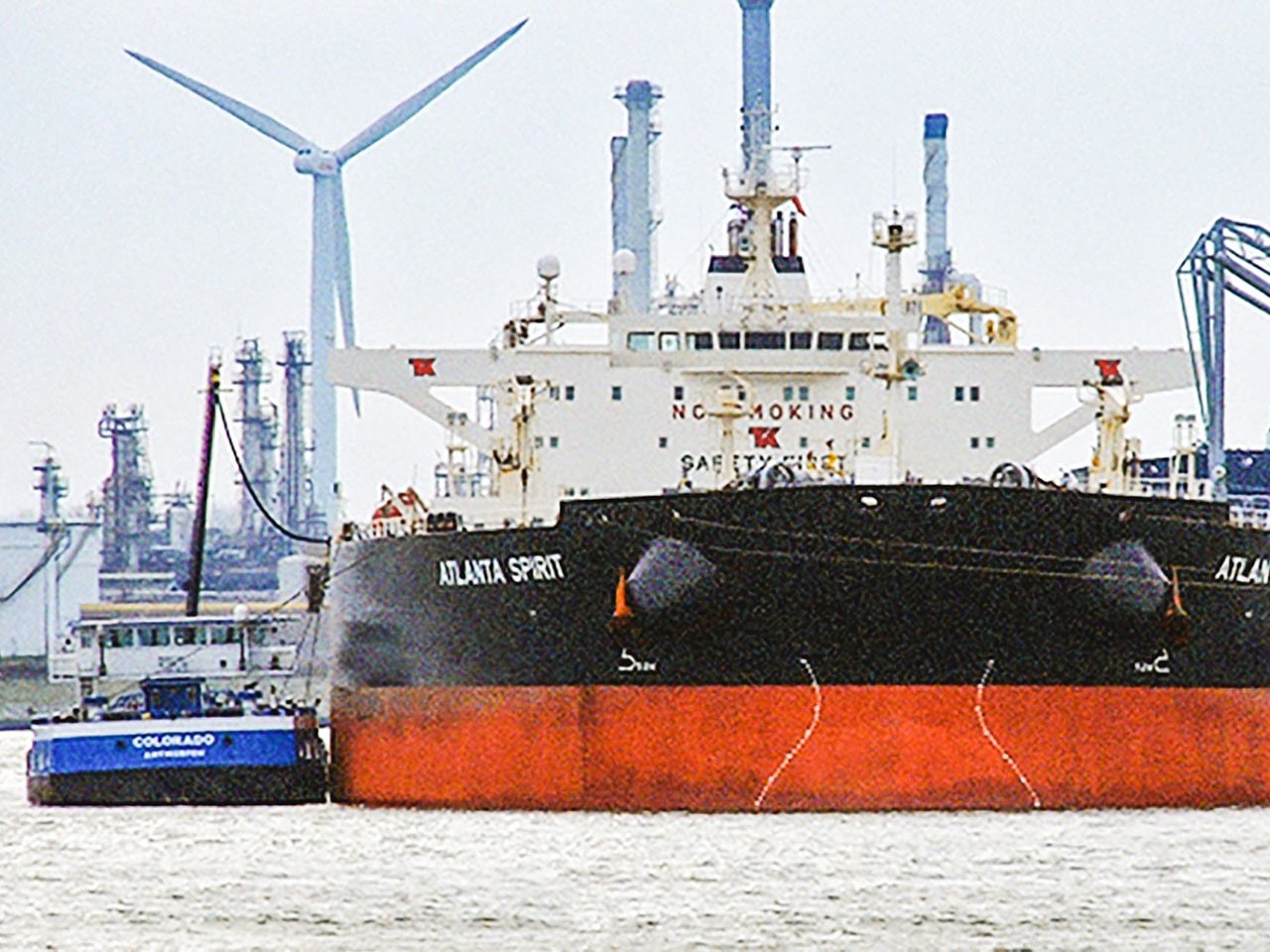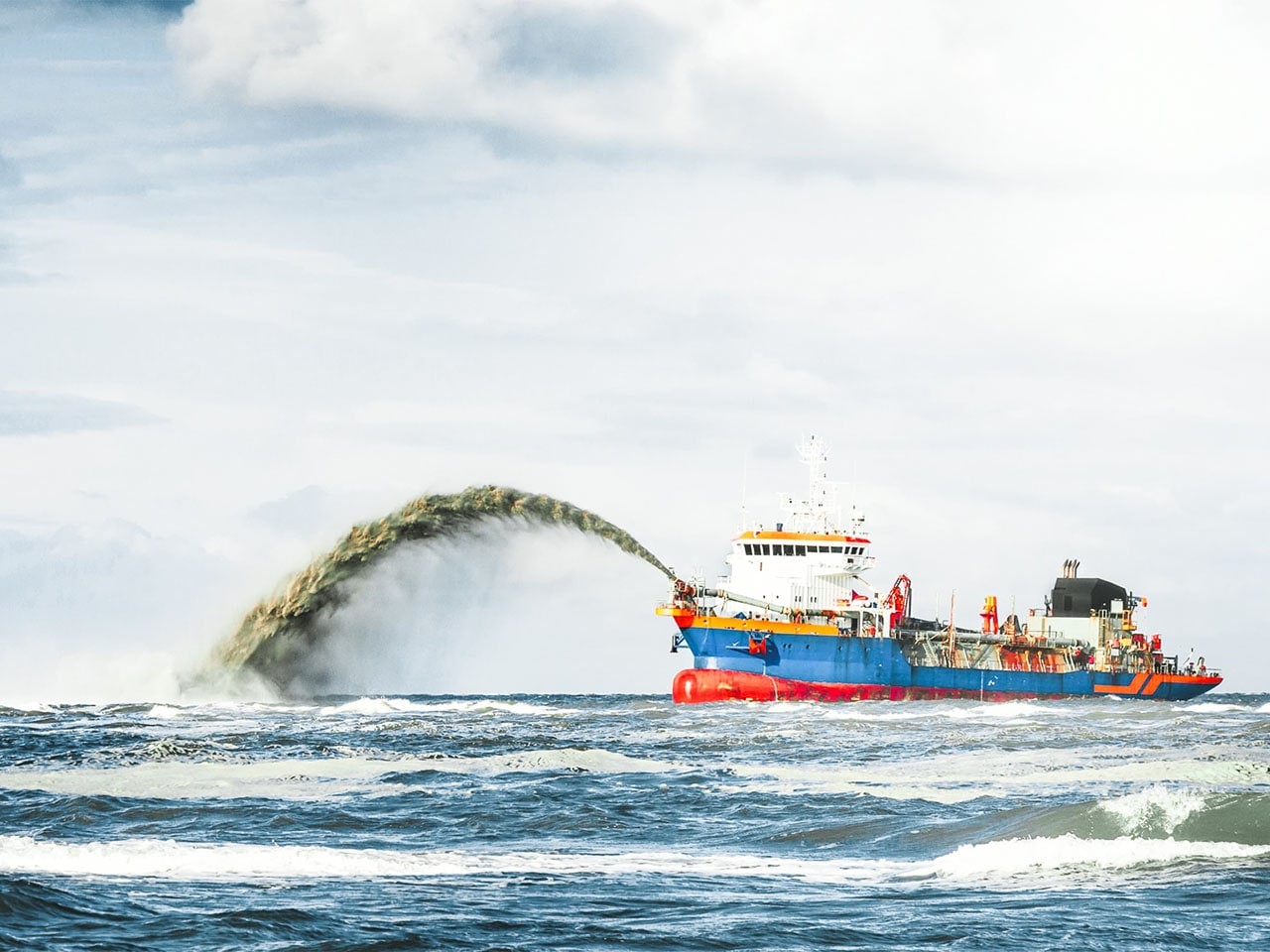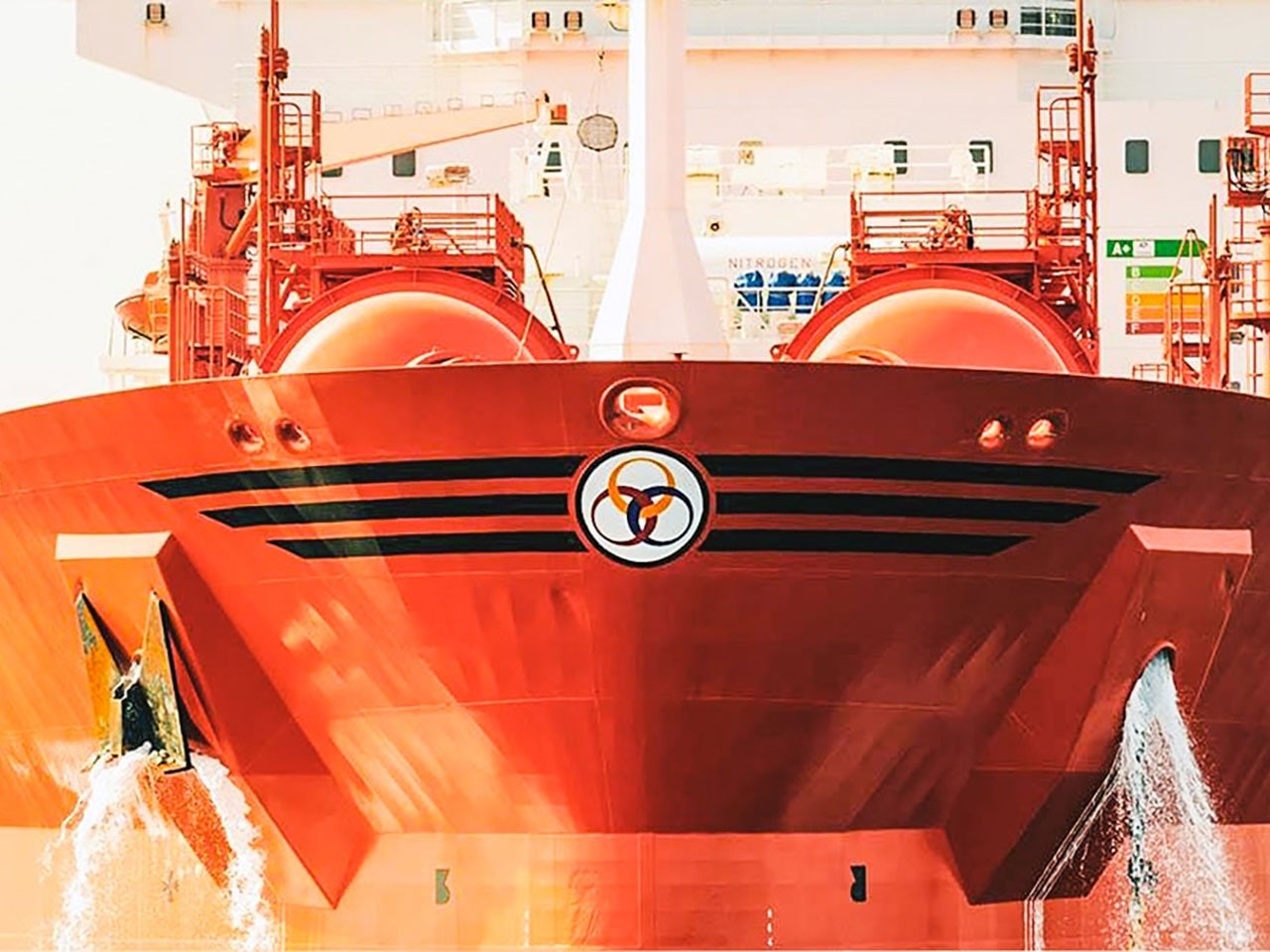Tekomar XPERT Marine Emissions Module

Emissions. In your hands
The Emissions module is a part of Accelleron's Tekomar XPERT marine all-in-one digital solution for the marine industry.
It is aimed at helping shipowners and operators by providing transparency on current CO₂ emissions and forecasting of Carbon Intensity Indicator (CII) rating. Together with automated reporting, this allows shipowners and operators to improve CII ratings and operational efficiency.
What it does
The Emissions module has three main functions that simplify the management of emissions compliance on vessels.
Key features
- No additional crew efforts. Automated voyage and port stay detection
- Capability to connect to Accelleron partners for additonal data ( e.g. weather, AIS positioning)
- Validated consumption, CO₂ and CII values for all fuels, including year-end bunkering report
- Emissions reports are pre-validated and data points with issues are automatically flagged
- Consolidated view in web application and file downloads on demand
Latest updates
Background
The reporting function within the Tekomar XPERT marine Emissions module has been a key tool to help users with reporting their emissions as per the EU-MRV (Monitoring, Reporting, and Verification) regulations. Until recently, only CO2 emissions were included in the generated report, as required according to the EU-MRV regulations at the time.
As of 1 January 2024, the amended EU-MRV regulations EU 2023/959 came into force. It stipulates that companies are now required, in addition to CO2, to monitor their methane (CH4) and nitrous oxide (N2O) emissions as well. The emission (CO2, CH4 and N2O) emitted in 2024 then need to be reported to an accredited verifier by 31 March 2025.
Update description
In expectation of these changes to the EU-MRV regulations, we have expanded the Emissions module to help you prepare for the upcoming EU-MRV reporting cycle. As such, we have extended our monitoring and reporting capabilities to include CH₄ and N₂O emissions.
This update applies to the data collector or alternatively the cloud-to-cloud data transfer, the emission reporting page in LOREKA, and of course to the output in the various report formats required by the verifiers.
Emission module view showing Methane and Nitrous Oxide values

Breakdown of Green House Gas Emissions, contributing to the EU-ETS, that now includes CH4 and N20
Snapshot of the new EU-MRV report that includes CH4 and N20

Benefits
With the addition of CH₄ and N₂O monitoring, you will now be fully prepared for the upcoming regulatory changes in your EU-MRV reporting and you will also have a more complete picture of your fleet's environmental impact.
Past updates
Background
The latest EU MRV regulations require ships above 5000 gross tonnage (GT) to not only report their emissions but to have these reports verified by a certified and independent body such as Classification Societies, with the China Classification Society (CCS) being a major one.
Update description
With the latest update to our Tekomar XPERT marine Emissions module, it is now possible to automatically send emissions report data to the China Classification Society with a simple click of a button.
Additionally, customers will receive feedback from the CCS indicating whether their data has been accepted or not.
Benefits
With this simplified emissions report verification process, customers benefit not only from a smooth and hassle-free process but also by receiving immediate confirmation that their report has been successfully transmitted to the verifier.
This ensures that customers remain compliant with their emissions reporting.
How it works
Step 1: Select ship

Step 2: Select Verifier

Step 3: Confirmation of sent report

Background
The EU Emissions Trading System (EU ETS) operates as a ‘cap and trade’ system, facilitating the trading of emissions allowances (EUAs). Its primary goal is to ensure that total emissions remain within the established cap, while incentivizing measures to reduce emissions.
To comply with the EU ETS directive, shipping companies must do the following:
- By March 31 of each year, they are obligated to submit verified emissions reports.
- By September 30 of the same year, they must surrender allowances equivalent to their total emissions during the preceding calendar year.
Update description
This update to our Tekomar XPERT marine Emissions module makes it easier to keep track of:
- the emissions contributed to each voyage/port stay as per the EU ETS directive
- the year-to-date amount of EUAs required to comply with the EU ETS directive
 Screenshot 1: Emissions module showing emissions contributed per installation
Screenshot 1: Emissions module showing emissions contributed per installation
 Screenshot 2: Emissions module showing Total EUAs required
Screenshot 2: Emissions module showing Total EUAs required
Benefits
With this direct visual indication, customers can easily see the amount of emissions contributing towards the EU ETS directive, as well as the number of EUAs required for voyages to/from EU ports. This enables timely purchase and surrender of EUAs, thereby avoiding penalties for non-compliance with the EU ETS directive.
- Proactively identifies and addresses data discrepancies
- Ensures pre-validated and accurate data before submission to authorities
- Includes data quality and data availability status indicators
- Enables users to plan for future time periods and forecast year end CII accurately
- Custom simulation periods with different start/stop times and simulation parameters now possible
- Different simulations can be compared or even added to the current simulation
- Previously for any simulation period, ship speed was entered manually to derive the final CII rating
- Now the desired CII rating can be set for any given year and improved algorithm will calculate optimum ship speed














